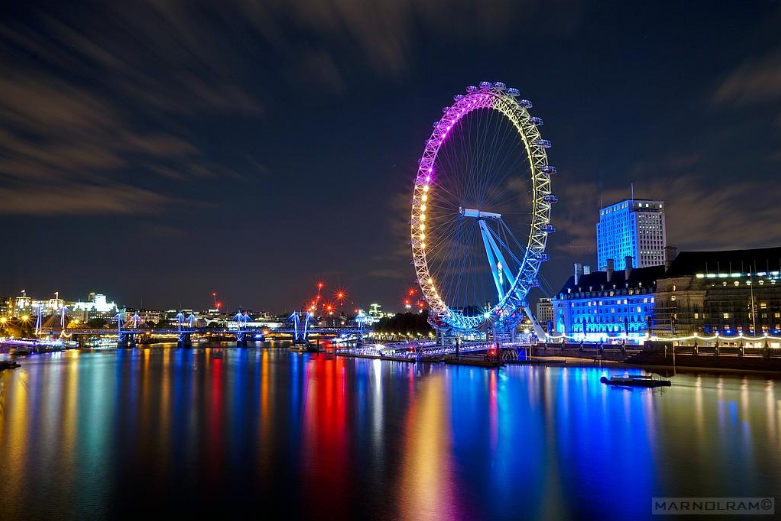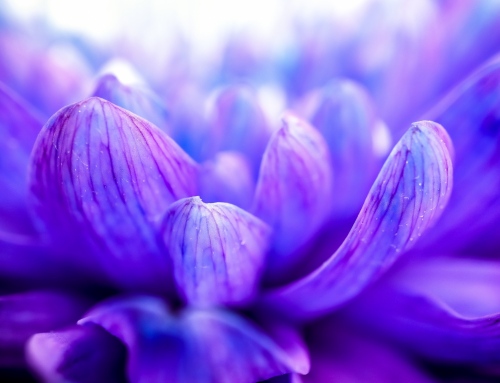Long Exposure technique is mainly used on landscape photography as well as night photography. It requires patience, correct set-up and even good luck. Most of the time it must use long exposure for the photo to have the acceptable look for the particular genre of photography. But long exposure is not only used for landscape photography or night photography. It can be used for other purposes in order to make a good composition. But what exactly is long exposure photography and what can it provide for your composition?
First of all, it is a kind of photography technique wherein it involves a certain amount of time for the shutter to open in order to capture an element. It is often, if not always used in landscape photography and night photography as these genres mostly requires longer exposure times compared to other genres. With this technique, you will be able to capture light streaks, running clouds, create a wonderful sunset shoot together with the use of ND filter or even make running water look milky. These types of accents provide attractive elements that can make the composition of your photo.
In order to capture a great photo using the long exposure technique, there are essential items that need to be noted. Here are some photography tips in order to make a great long exposure photo:
1. Use a sturdy tripod
Using the technique captures a unique element in photography, and that is time. It literally means the technique captures time and everything that moves on the composition will be captured. If you will not use a tripod when capturing photos in long exposure, you will end up blurring everything, including the ones that you are not intending to blur and an ND filter will not put up with it. This is essential especially when you perform landscape photography or night photography. Any type of unwanted movements on the camera while the shutter is open (or you are performing long exposure) will ruin your photo. So, as one of the important photography tips is to purchase a tripod that can fully handle your camera and make it sure to be steady. Use a tripod to achieve this cloud streak while maintaining the sharpness of other areas of composition during long exposure.
2. Use a remote shutter for long exposure
Taking from the notion of making the camera steady and sturdy during long exposure, using a remote shutter is very important. The long exposure technique frequently uses the bulb setting of your camera. It allows to stop exposure at any time you need, and as long as you want. This is important because it can capture the right streak of light in night photography, the correct range of clouds, as well as the right mist of running water using and ND filter.

Use a remote shutter to minimize touching your camera during performing the technique
3. One of the cool photography tips to capture light trails – wait for the right moment
Capturing light trails is a fun trick to do using this technique particularly in night photography. A nice way is to set up a sturdy tripod onto your camera and place yourself on a strategic location. Then you can capture moving lights in different colors and take in the right blend of them through your composition. There is no set amount of time in capturing these trails. It’s mostly done through experimentation which makes it more challenging and fun when using the technique in capturing light trails.

Place yourself on a strategic location where you can capture light trails in multiple colors





